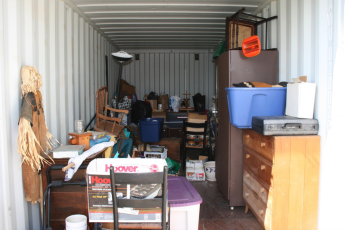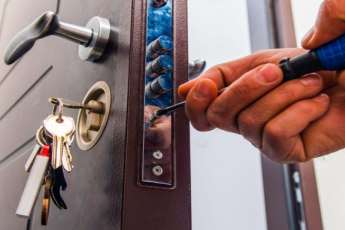What is Building Automation and How Does It Affect Our Lives?

Find out how building automation systems work and how they improve our quality of life in both commercial and residential use cases!
 Photos By: Stock Images
Photos By: Stock Images
Even if you aren’t sure what building automation is, there is a good chance that you have already benefited from it without knowing. That’s because building automation systems are designed to make our lives easier in both commercial and residential buildings. You may even have a form of building automation in your own home. For example, a smart thermostat or a smart light bulb are small pieces of automation that people are using to help make their daily lives easier. Today, we are going to be discussing building automation systems—also known as BAS systems—of all sizes to learn a little bit more about how they work and how they can improve our lives while lessening our environmental impact over time. Let’s dive in!
What Makes Up a Building Automation System?
A complete building automation system requires several components to complete complex functions. To get started talking about building automation, the first thing we need to explore is the different building systems that can be automated. Depending on the tenants or building usage, these systems are likely to differ. However, for most buildings, it is common to have HVAC, lighting, plumbing, and security systems automated thanks to a network of sensors connected to the BAS.
More complex buildings—like a sports arena for example—are likely to use a network of sensors that help automate guest or employee experiences. For example, these sensors might be installed in areas of the building that tend to be overcrowded to alert staff when crowd control is needed. Large commercial buildings may also opt for additional sensors to help janitorial staff clean restrooms more efficiently. These sensors are often installed in soap and paper towel dispensers to notify employees when one of the restrooms requires additional supplies. One of the most exciting aspects of building automation is that new applications are being developed every day! In the near future, you may see more innovations in both commercial and residential buildings.

To give you a better idea of the different elements that allow the sensors to speak to the BAS and automate the building systems, let’s take a look at the individual components that make up a BAS.
Sensors – Different types of sensors can be installed throughout the property to collect data for the systems in the building. These sensors can include motion sensors, light sensors, occupancy sensors, water sensors for plumbing purposes, and more. These sensors then transport the data to the controller.
Controller – The controller takes the data from the sensors, synthesizes it, and then sends the commands to the building systems automatically.
Output devices – The output devices actuate the commands from the controller. For example, lights are dimmed, HVAC systems are turned off, or security cameras are turned on.

Communication Protocols – Communication protocol refers to the language used to communicate between the different devices in the automation system.
Interface – To access the BAS, the building manager needs an interface to access important data. In layman’s terms, the interface is the central display that turns the raw data into readable information.
Now that we know a little bit more about the different parts of a building automation system, let’s take a look at how they stay connected.








